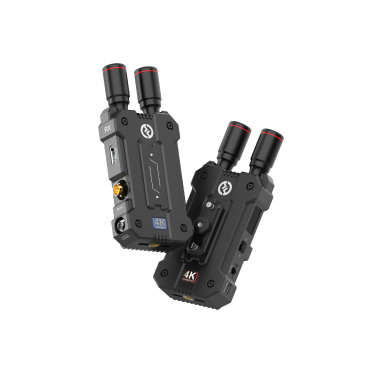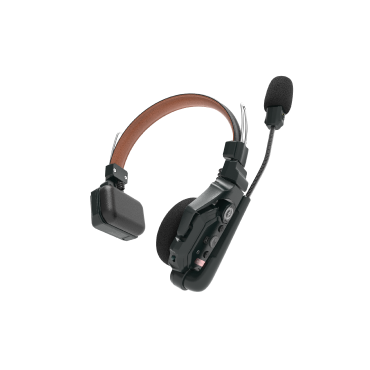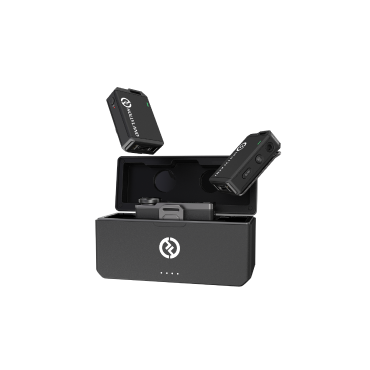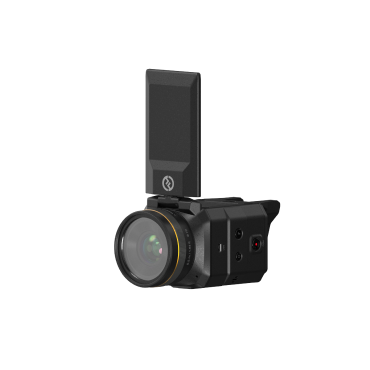
-
Customer Support
Representatives are available to resolve problems and answer questions.
Contact Us -
Community
Explore the value of communication with Hollyland users around the world.
Go to Community





Representatives are available to resolve problems and answer questions.
Contact UsExplore the value of communication with Hollyland users around the world.
Go to Community